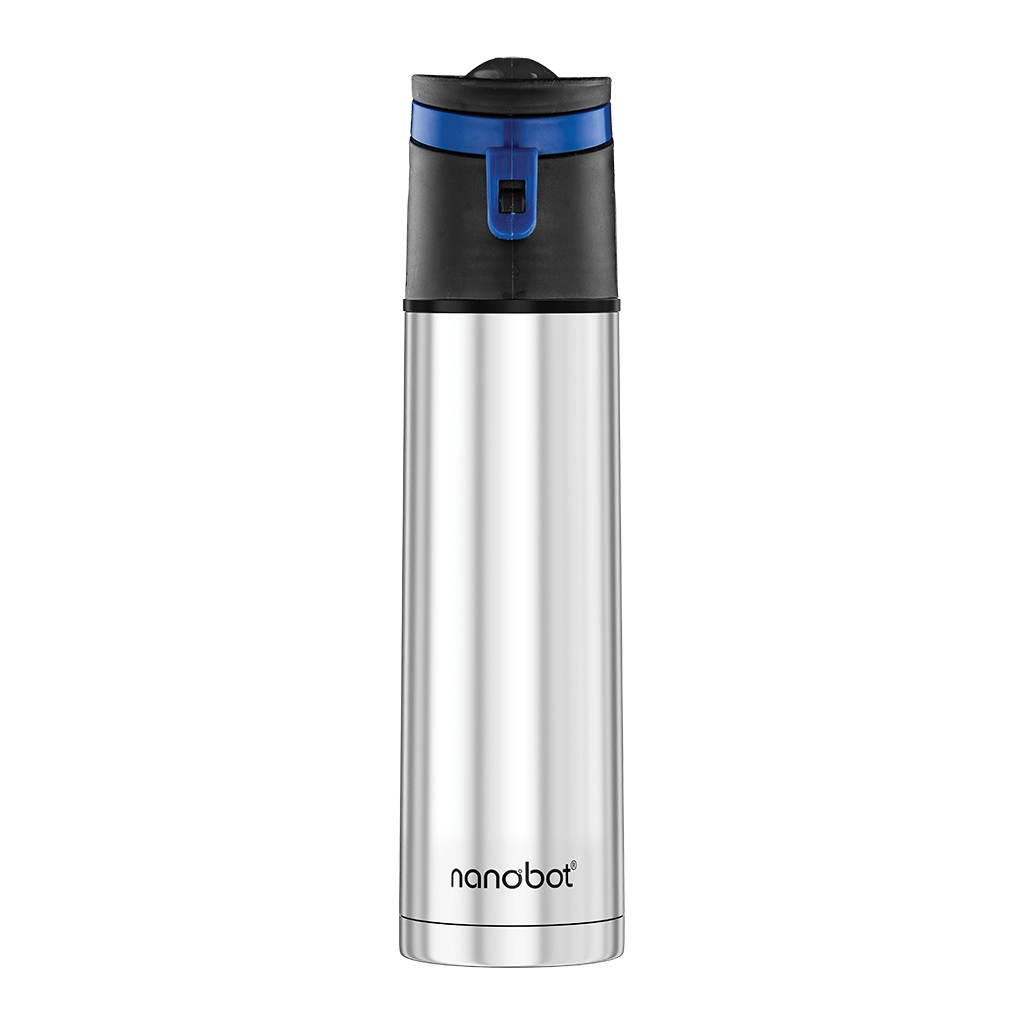Vacuum flasks, also known as thermos flasks, are essential containers for keeping drinks and foods at a constant temperature. They are designed to keep hot liquids hot and cold liquids cold, without any external heat or cold sources. The key to the effectiveness of a vacuum flask lies in its unique design and materials. In this blog, we will discuss the science behind vacuum flasks and how they work to keep hot liquids hot and cold ones cold.
How do vacuum flasks keep hot liquids hot and cold ones cold?
Vacuum flasks work based on the principle of heat transfer, which states that heat naturally flows from hotter objects to cooler ones. To prevent this heat transfer, vacuum flasks use a combination of insulation and a vacuum layer to keep hot liquids hot and cold liquids cold. The inner container of the vacuum flask is designed to be airtight to prevent heat loss through conduction and convection, while the vacuum layer between the inner and outer containers prevents heat transfer through conduction and convection. The outer container of the vacuum flask is made of insulating materials that further prevent heat loss, keeping the temperature inside constant.
Nanobot vacuum flask keeps liquids hot or cold for extended periods. This flask is made with double-walled stainless steel and features a vacuum-sealed lid to prevent air and heat from entering or escaping. The flask is designed to keep liquids hot or cold for up to 24 hours, making it a popular choice for those who want to keep their drinks at the perfect temperature for extended periods.
Now let’s dive into the working principle of vacuum flasks:
The Design
A vacuum flask consists of three essential parts: an inner container, an outer container, and a vacuum layer between them.
- Inner container: This is the part that holds the liquid or food. It is usually made of glass, stainless steel, or plastic, depending on the intended use. The inner container is designed to be airtight to prevent heat loss.
- Outer container: This is the part that surrounds the inner container. It is made of metal, plastic, or a combination of both. The outer container is designed to be airtight and acts as an insulator to keep the heat or cold inside the flask.
- Vacuum layer: This is the space between the inner and outer containers. It is created by removing the air from between the two layers, creating a vacuum. The vacuum layer prevents heat transfer through conduction and convection, as there is no medium for the heat to transfer.
Heat Transfer
Now let’s look at how heat transfer works in a vacuum flask.
- Conduction: Since the inner container is airtight, there is no direct contact between the liquid or food and the outer container. Therefore, there is no heat transfer through conduction.
- Convection: The vacuum layer between the inner and outer containers prevents heat transfer through convection. As there is no air or fluid between the two containers, there is no medium for the heat to transfer.
- Radiation: The reflective material used in the vacuum flask reflects the heat back into the flask, preventing heat loss through radiation.

How do Vacuum Flasks keep Hot Liquids Hot?
The unique design of vacuum flasks allows them to keep hot liquids hot for extended periods. Here’s how it works:
- Heat Retention: The vacuum layer between the inner and outer containers prevents heat transfer through conduction and convection. This means that the heat from the hot liquid inside the flask is trapped inside, and the liquid stays hot.
- Insulation: The outer container of the vacuum flask is made of insulating materials that further prevent heat loss. The insulation works by slowing down the rate of heat transfer, keeping the hot liquid hot for a more extended period.
How do Vacuum Flasks keep Cold Liquids Cold?
Vacuum flasks can also keep cold liquids cold for extended periods. Here’s how it works:
- Heat Prevention: Just like in the case of hot liquids, the vacuum layer between the inner and outer containers prevents heat transfer through conduction and convection. This means that the cold temperature of the liquid inside the flask is maintained.
- Cooling: The insulating materials used in the outer container of the vacuum flask also prevent heat transfer from the outside, keeping the cold temperature inside.
In conclusion, vacuum flasks are a reliable tool for keeping hot liquids hot and cold ones cold for extended periods. The unique design of vacuum flasks, with an airtight inner container, a vacuum layer, and insulating materials in the outer container, ensures that heat transfer is minimal, and the temperature inside the flask is constant. Vacuum flasks are an excellent investment for those who want to enjoy their beverages at the perfect temperature.


